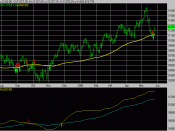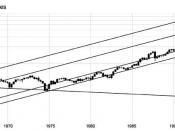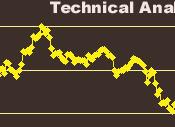Efficiency Differences Between the S&P 500 and the Tel-Aviv 25 Indices: A Moving Average Comparison
This paper compares the Tel-Aviv Stock Exchange (TASE) 25 Index (TA25) to the S&P 500 Index with respect to the extent that the Technical Analysis method of moving average can beat the buy-and-hold policy. Previous research on the S&P 500 Index is inconclusive, while TA25 has never been tested in this respect. For 1,500 daily observations, our test results imply weak-form efficiency of the S&P 500 Index. For TA25, no market efficiency is found for relatively short moving averages. The results imply that market efficiency is higher in developed financial markets than in an emerging capital market, such as the TASE.
Random Walk and Efficient Market Hypotheses are central ideas in explaining financial market efficiencies. The assumption that market behavior embodies and reflects relevant information has a great impact on securities prices. Any change in the relevant information causes price adjustment.
In contrast, technical analysts argue that prices gradually adjust to new information. Thus, historical analysis is useful in diagnosing the repeated pattern behaviors leading to active investment strategies that generate better-than-market returns. The purpose of this study is to examine the efficacy of using technical trading rules in the emerging market of Israel, through the analysis of the Tel-Aviv 25 Index (TA25) and to compare its weak-form market efficiency [as defined in Fama (1970)] to the erformance of the S&P 500. The main criticism of technical analysis is that it seems to have no plausible explanations as to why these patterns should indeed be expected to repeat. Jegadeesh (2000) provides an up to date summary of such criticism. Given the inconclusive evidence concerning technical analysis in general and the moving average (MA) method in particular it would be interesting to apply this method to...


